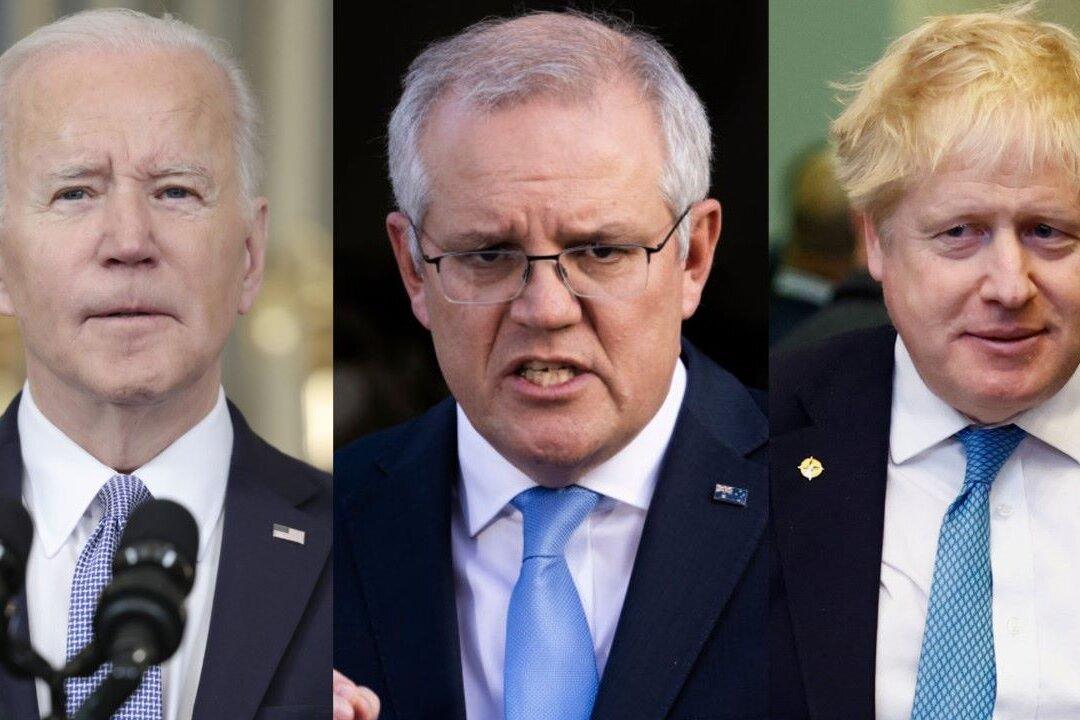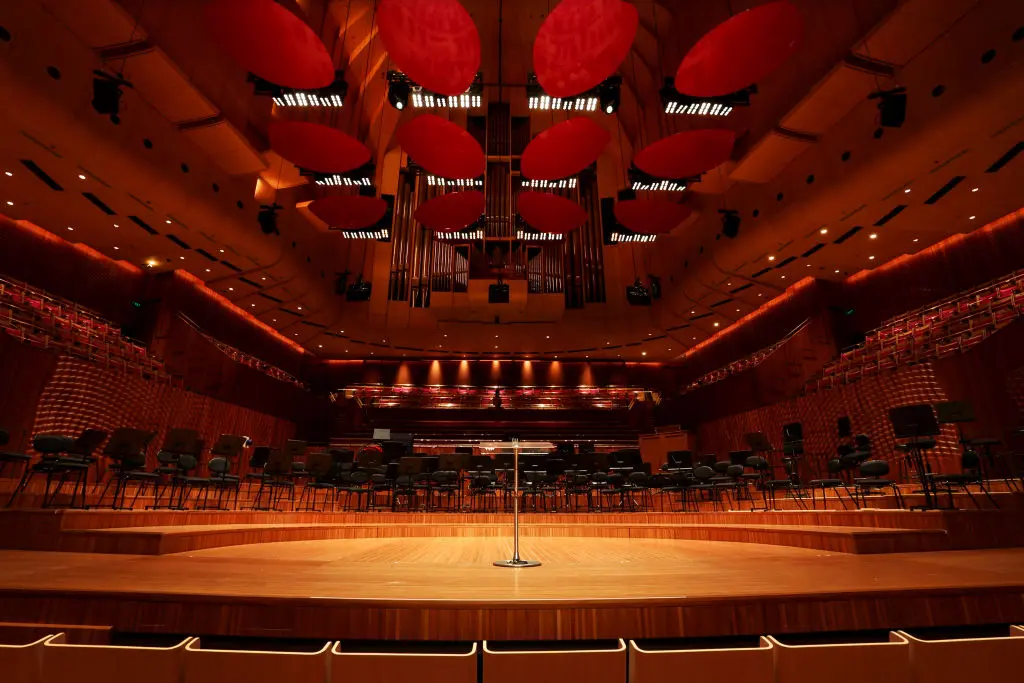The heads of Australia, the United States, and the United Kingdom have vowed to cooperate on the development of hypersonic weapons as the three nations push to advance the trilateral AUKUS agreement amid increasing tensions in the Indo-Pacific region.
On April 6, U.S. President Joe Biden and Prime Ministers Scott Morrison (Australia) and Boris Johnson (UK) released a joint statement outlining the progress of the AUKUS agreement thus far, including cooperation on establishing a nuclear-powered submarine fleet in Australia.





